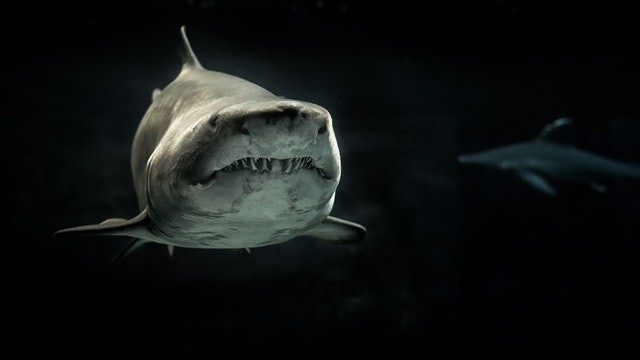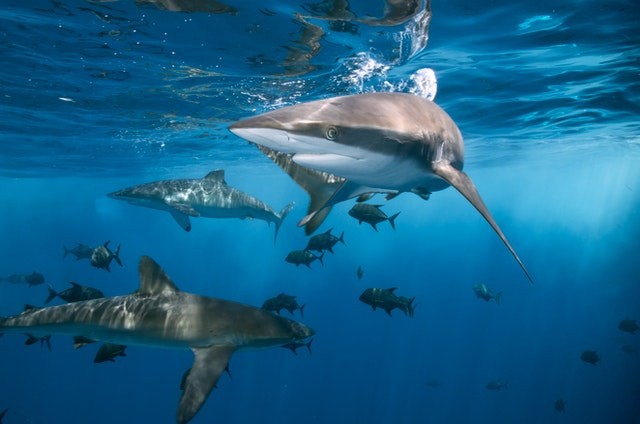According to new studies from LSU and the University of Florida, the fuller the moon, the more the shark attacks. While the specific explanation is still unknown, the researchers discovered that periods of higher lunar illumination have more shark attacks than usual, while periods of lower illumination have fewer attacks.
Researchers have examined the links between lunar phases and shark attacks despite the fact that many animals demonstrate behaviors that are connected to the moon phases.
Frontiers in Marine Science is where the study was published.

Shark Attacks and Changes in Lunar Phase
This study's significance is due to the amount of data it analyzed. The University of Florida's Florida Museum of Natural History, which houses the International Shark Attack File, houses a 55-year record of shark attacks around the world, from 1960 to 2015.
Researchers have found a link between lunar phases and shark attacks around the world, but the reason this occurs is still a mystery, according to Phys.org.
LSU associate professor and researcher Steve Midway said increasing the amount of light that sharks view at night isn't enough. Shark attacks are most common during the daytime.
Even though scientists can perceive the effects of the gravitational pull on the tides, the moon can exert far more subtle influences on Earth and its oceans. said this.
In the College of the Coast and Environment's Department of Oceanography and Coastal Sciences, his experience in fisheries ecology and statistical analysis provided a new viewpoint to this project.
Does Lunar Illumination Play a Role in Shark Attacks?
There is currently a lack of evidence that lunar illumination plays a role in shark attacks, according to the researchers. Shark attacks are still difficult to explain, but their new data can be used to help make suggestions for future water-based recreational activities.
After reviewing the vast amount of data, Midway believes there is anything worth further investigation.
The International Shark Attack File (ISAF) at the Florida Museum of Natural History, University of Florida, Gainesville, FL, United States, houses the data used in this research project. There are more than 6,500 individual investigations (records) in the International Shark Attack File (ISAF), which was established in 1958 and is one of the most comprehensive shark attack data repositories.
Shark involvement has been confirmed in some cases; in others, it has not and there is insufficient evidence. Only proven unprovoked attacks on live humans in the shark's native area are utilized in data analysis looking at naturally occurring interactions, as has been the long-established standard.

Research Findings
Scientists looked at confirmed unprovoked shark attacks that occurred between 1970 and 2016, when there were the most human-shark contacts and the most ISAF documentation was available. Each attack was linked with lunar phase data received from the United States Naval Observatory's Astronomical Applications Department, which provided data services.
As a point of reference, a full moon occurs at 100% light, a new moon happens at 0% illumination, and first and last quarters occur at 50% illumination. There is no direct visual link between lunar light and shark attacks because attacks can occur at any time.
Also, lunar illumination serves as an accurate and quantitative proxy for moon phase, which includes not only illumination but also gravity (tides) and electromagnetic fields.
Related Article : Experts Reveal Most Great White Shark Attacks on Humans are Cases of 'Mistaken Identity'
For more news, updates about sharks snd similar topics don't forget to follow Nature World News!
© 2025 NatureWorldNews.com All rights reserved. Do not reproduce without permission.





